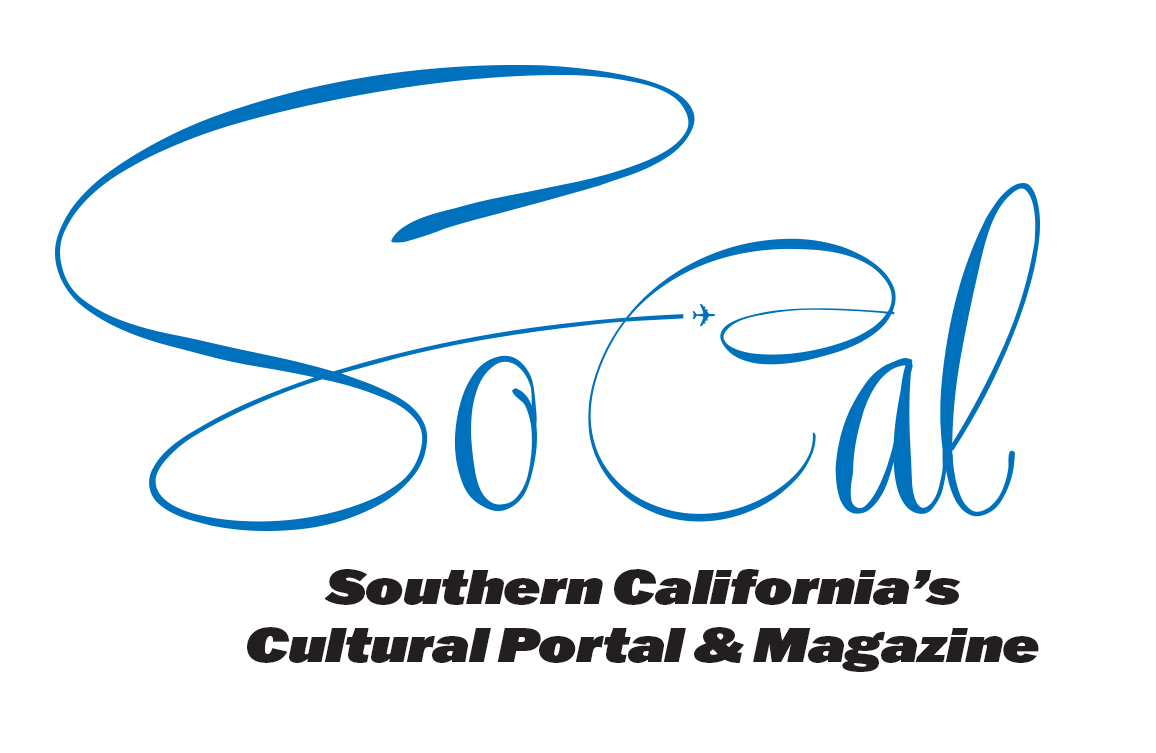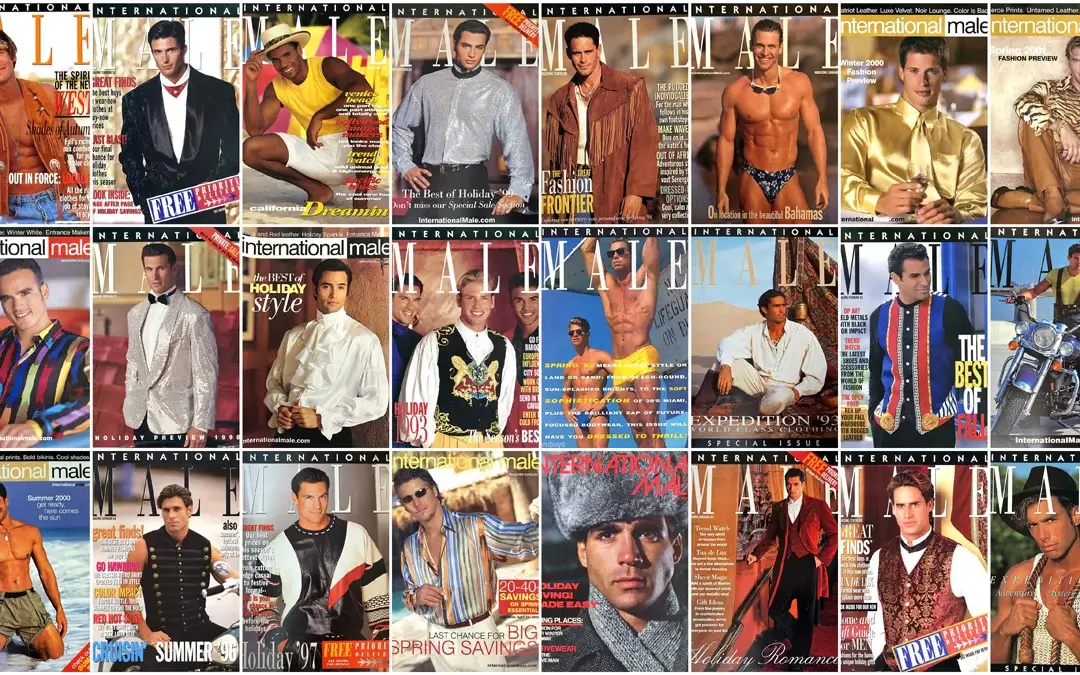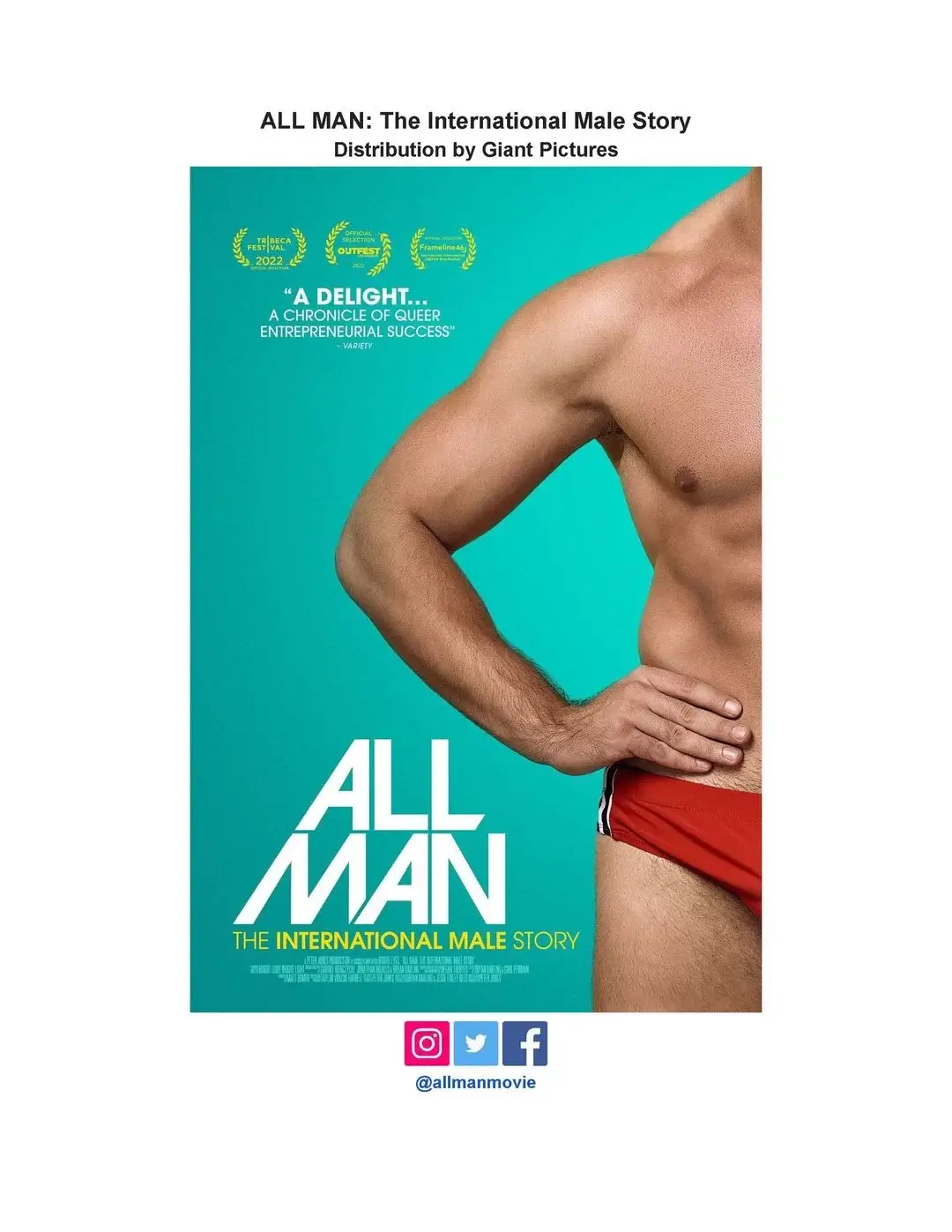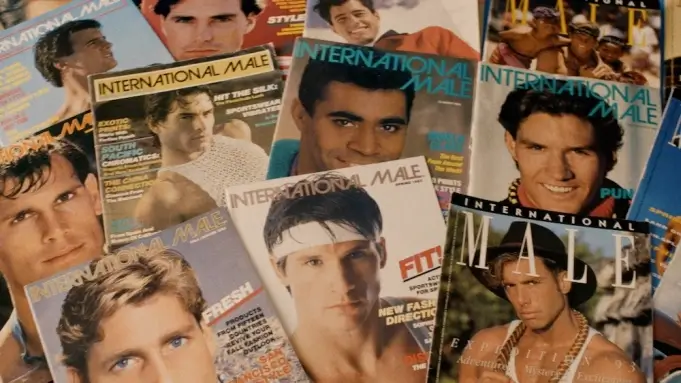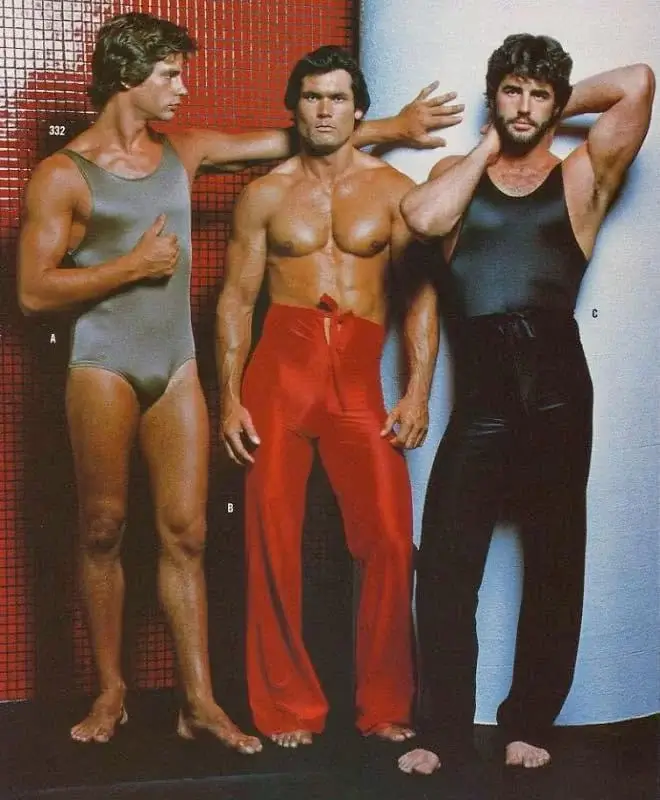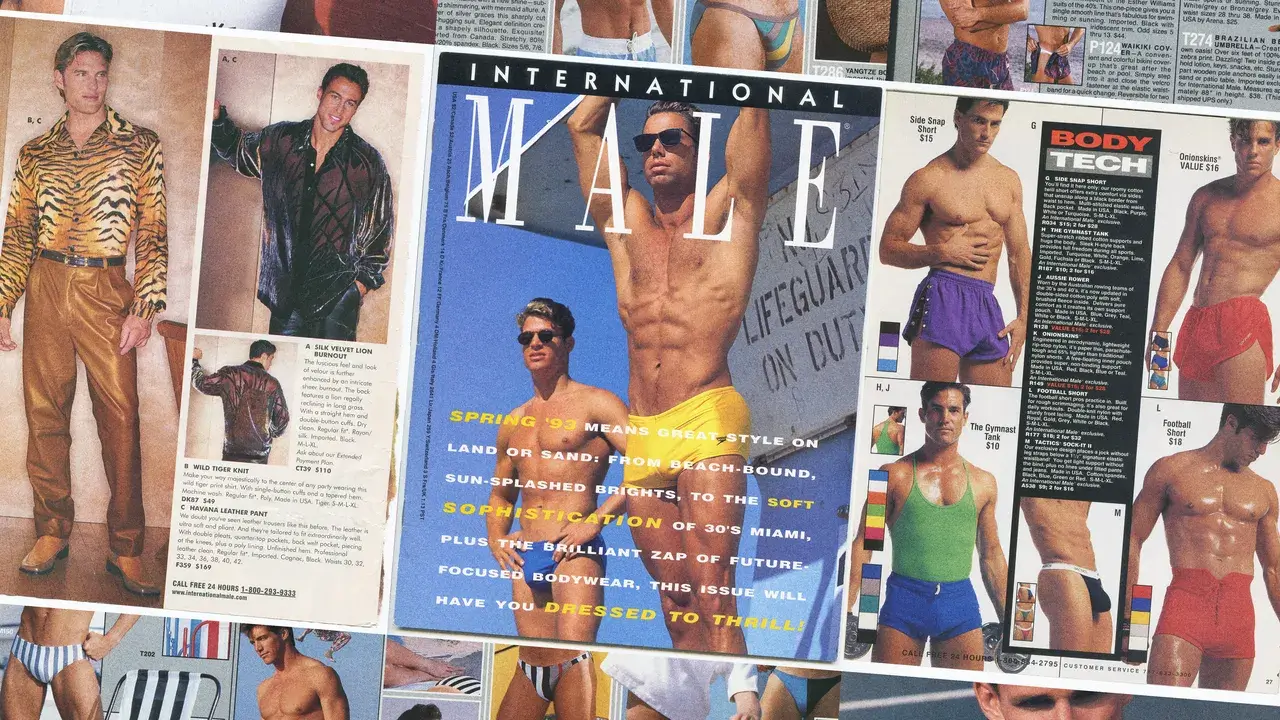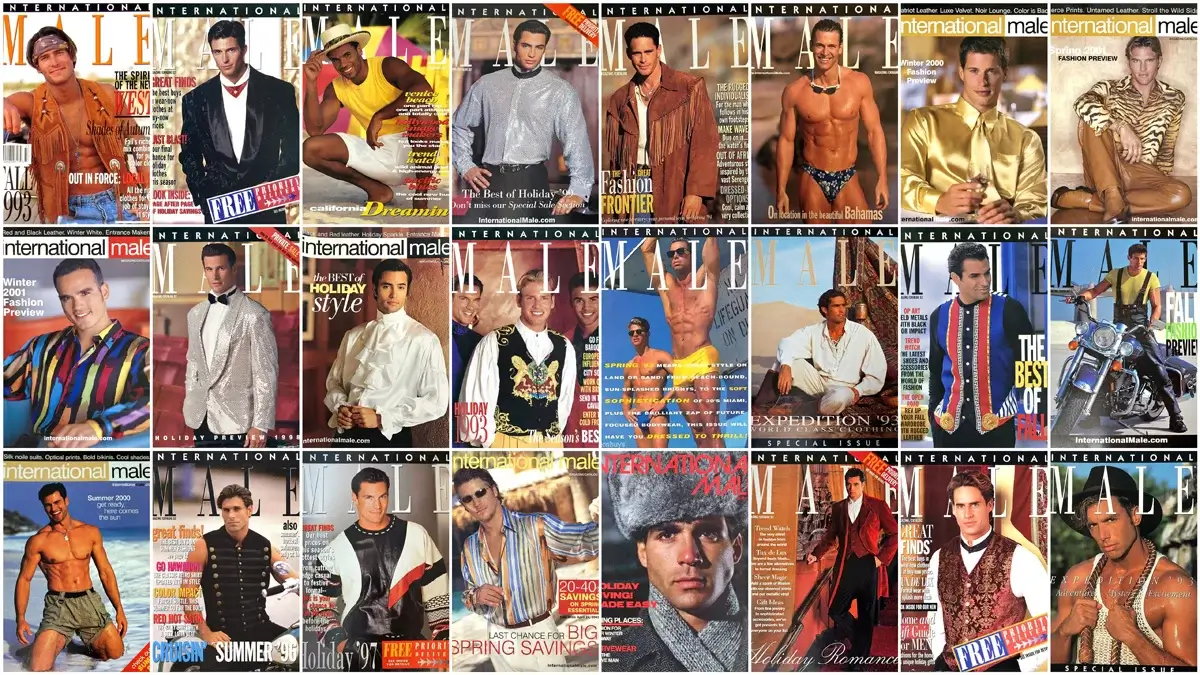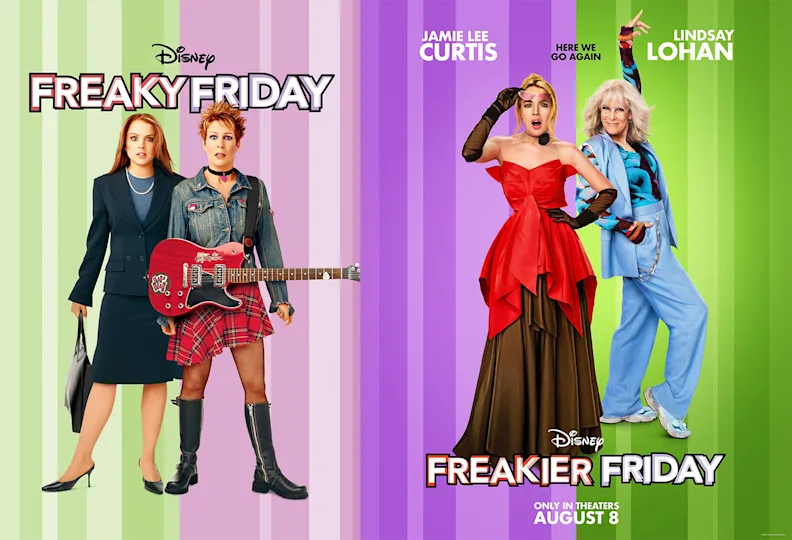
Movies and the State of Hollywood

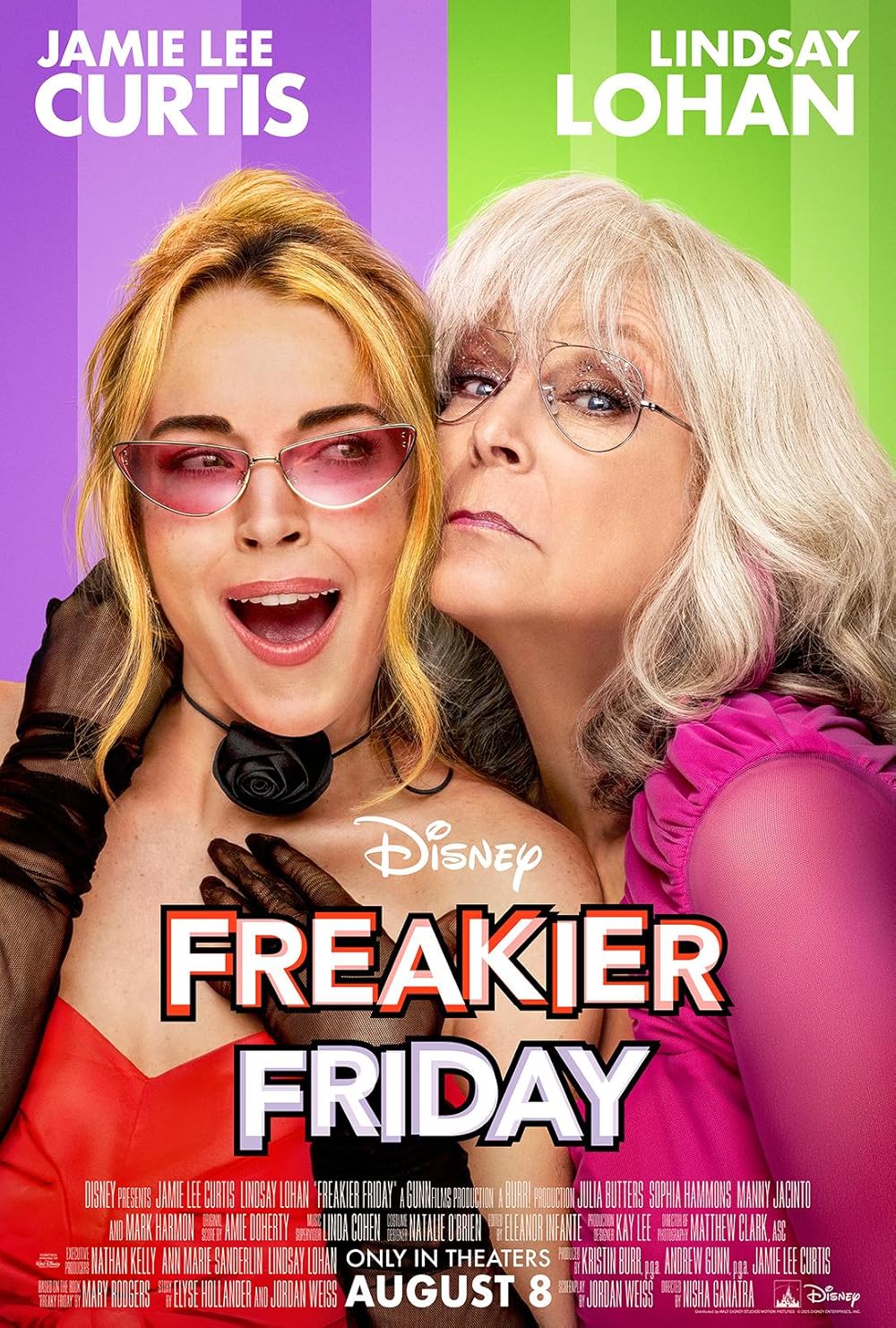
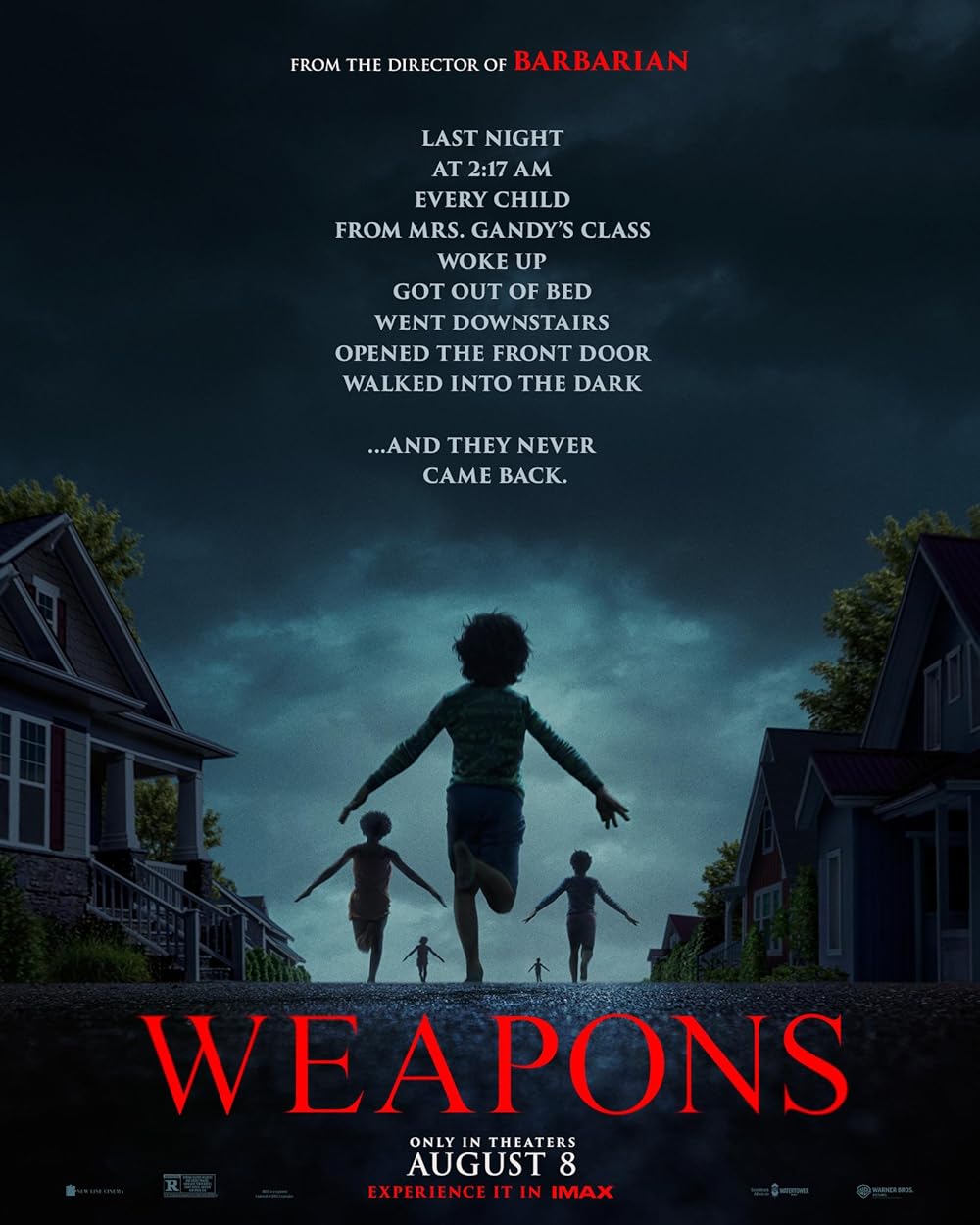

Ah, the movies. Once a staple in the entertainment arsenal, it has become an expensive proposition: In Los Angeles, the average cost of a standard movie ticket currently ranges from $18 to $20, depending on the theater and time of day. Premium formats like IMAX, Dolby Cinema, or 3D can push prices higher, often exceeding $22 for evening shows. Matinees and weekday showings may come in slightly lower, closer to $15–$17.
Concessions are where costs add up quickly. A regular soda typically runs between $5 and $7, while popcorn varies from $6 to $10, depending on size and add-ons like butter or seasoning. Candy generally starts around $4.
Combo deals are common but still pricey—a popcorn and drink combo can easily cost $15 to $20. Some theaters offer meal options or alcohol, which can increase your total even more.
Typical Total for One Person
If you’re headed to the movies in LA and plan to get refreshments, expect to spend about $28 to $35 per person for a standard night out.
Which brings us to look into the business of the movies: Moviegoing in Hollywood—and across the U.S.—is still in recovery mode. Despite the return of blockbuster titles and improved theatrical experiences, theater attendance remains significantly below pre-pandemic levels. While studios continue to release films on traditional Fridays, the size of the audience showing up has yet to fully bounce back.
The domestic box office is expected to reach around $9 billion in 2025. While that’s a step up from 2024, when revenue hovered just under $8.7 billion, it still trails the pre-COVID highs of $11 to $12 billion. Ticket sales tell a similar story: only 817.9 million tickets were sold in 2024—a steep drop from the 1.2 billion sold in 2019.
This lag has prompted major theater chains to rethink their strategies. AMC Theatres, the nation’s largest exhibitor, is pursuing a multi-year recovery plan. Along with investing in luxury seating and premium formats like IMAX and Dolby Cinema, AMC is making some key changes to the overall experience. One of the more surprising updates: shortening the time between the scheduled movie start and the actual film. Starting this year, AMC is trimming its famously long pre-show previews to a more manageable length, hoping to reduce viewer frustration and improve overall satisfaction.
In another move to boost attendance, AMC has introduced discounted tickets on Tuesdays and Wednesdays for loyalty members. These midweek deals aim to increase foot traffic during slower periods while offering more value to consumers wary of premium ticket prices.
Theaters are also leaning into event-based and immersive experiences. From advanced sound and visuals to live simulcasts of concerts and sporting events, cinemas are positioning themselves as more than just a place to watch movies. But even with these upgrades, audiences are still selective. A growing portion of viewers now wait for digital releases or choose at-home streaming, especially for mid-budget films or dramas.
The recovery is real—but slow. And while big titles are still capable of drawing crowds, the industry is adjusting to a new normal, where fewer people go to the movies, but those who do expect more for their time and money.
That said, Fridays have generally been the day that new movies are released. And so it is that we have opening today:
Freakier Friday revives the beloved body-swap comedy with a fresh twist. Lindsay Lohan and Jamie Lee Curtis return in a chaotic, high-energy sequel that expands the concept into a multigenerational tangle of swapped identities. It blends physical comedy with heartfelt family dynamics, capturing the same charm that made the original a classic while introducing younger characters and modern-day complications.
Weapons steps into much darker territory. This slow-burning horror-drama unfolds as a haunting mystery surrounding the disappearance of a child and the secrets that unravel in its wake. The film is both unsettling and emotional, pushing past typical genre conventions with layered characters and unpredictable twists. It’s less about jump scares and more about creeping dread and moral ambiguity.
The Bad Guys 2 continues the animated adventures of its quirky animal antiheroes, now trying to stay on the right side of the law while facing new global threats. Packed with action, clever dialogue, and flashy heist sequences, the sequel leans into its playful tone without losing the emotional beats that made the first film stand out. It’s fast, funny, and full of visual energy, aimed squarely at both kids and adults.
